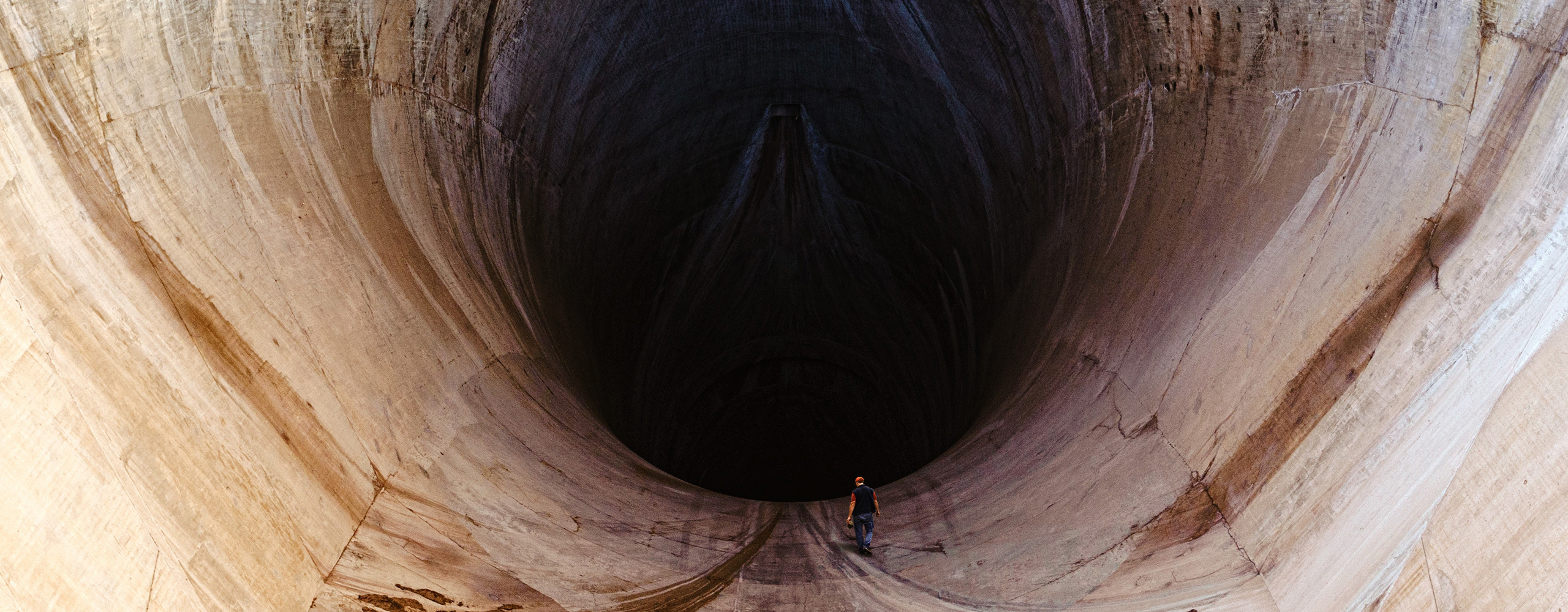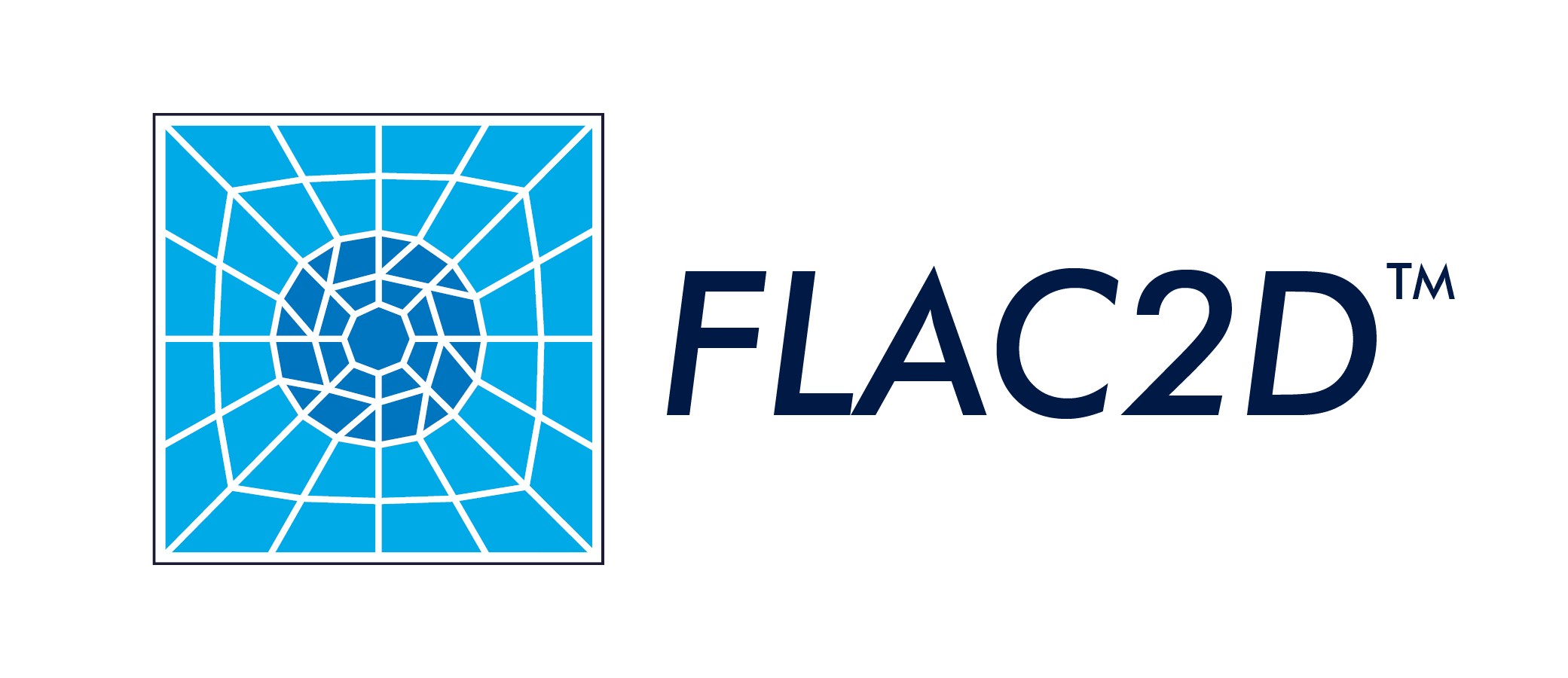
Powerful & Flexible 2D Analysis
Choose FLAC2D for advanced geotechnical problem solving. Ideal for 2D soil, rock, concrete analysis, structural ground support, and groundwater flow. Optimize solutions now!
SOLUTIONS FOR VARIED GEOTECHNICAL CHALLENGES
FLAC2D: Geomechanical Software for Analyzing and Simulating Dynamics in 2D
What Kinds Of Problems Can FLAC2D Solve?
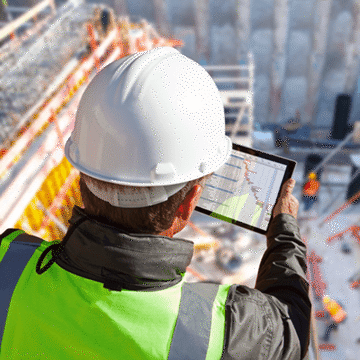
Civil
- Caverns
- Dams
- Earth Retaining Structures
- Foundations
- Tunnels and Shafts
- Slopes and Embankments
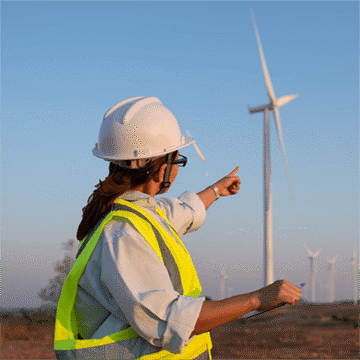
Energy
- CO2 Sequestration
- Cap Rock Integrity
- Dams
- Engineered Barrier Evaluation
- Fault Stability
- Foundations
- Induced Seismicity
- Nuclear Waste Isolation
- Reservoirs
- Salt Caverns
- Underground Infrastructure
- Waste Storage Containers
- Wellbores and Casings
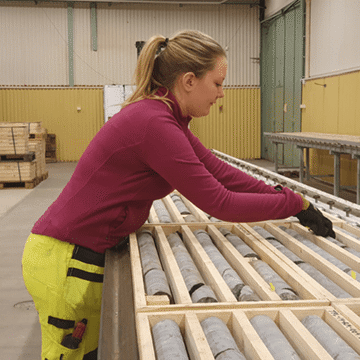
Materials
- Constitutive Model Development
- Equipment Prototyping
- Materials Behavior
- Virtual Laboratory Testing
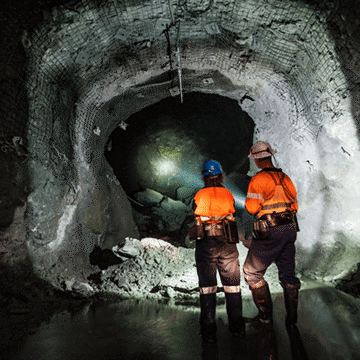
Mining
- Blasting
- Crown Pillars
- Destressing
- Material Yielding and Damage
- Open Pit Walls
- Solution Mining
- Tailings Dams and Stockpiles
- Underground Pillars
- Underground Stopes
- Underground Tunnels, Shafts, and Passes
WHY YOU'LL LOVE IT
Why Choose FLAC2D?
Streamline 2D geotechnical analysis with FLAC2D’s intuitive interface and advanced capabilities, like running two instances simultaneously. Effortlessly handle complex modeling tasks. Discover why FLAC2D software is the ideal choice:
Analyses
- Plane strain
- Axisymmetric (mechanical)
- Small-strain mechanics (gridpoints remain fixed)
- Large-strain mechanics (gridpoints move with displacement)
- Effective stress (pore pressure)
- Automatic Factor of Safety
- Back-analyze failure and calibrate forward-prediction
- Multiple, simultaneous failure mechanisms
- Zone relaxation for gradual excavation and construction sequencing and out-of-plane closure
- Groundwater flow
- Service limit state (SLS) and ultimate limit states (ULS) based on displacements
- Liquefaction
- Settlement and consolidation
- Surface subsidence
- Recovery and dilution
- Coupled ground-structure interaction (beams, cables, piles, shells, geotextiles, liners)
- Options available: Dynamics (earthquakes, blasting, vibration), Thermal, Creep, User-Defined Constitutive Models (UDM)
* Service Limit State and Ultimate Limit State (URL)
Ease Of Use
FLAC2D makes model construction easy with interactive tools in Sketch to create the model or import CAD files, automatic meshing, and intuitive boundary skinning. Easily define groups in the Model pane and assign constitutive models and material properties using the built-in user database. Automatic stress initialization based on model topography and user settings greatly simplifies the modeling workflow. A wizard is available to convert FLAC 8.1 grids into a FLAC2D mesh.
Speed
FLAC2D utilizes multi-threading and optimized solutions for fast, responsive, and accurate simulations. Maxwell damping for dynamic simulations and enhanced solvers for fluid flow and thermal simulations enable efficient solution times.
Multi-threaded FISH and Python libraries provide extremely efficient model scripting when user customization is chosen. FLAC2D plane-strain or axisymmetric models run up to up to 5x faster than equivalent 3D models. Users may also run two instances of FLAC2D on the same computer simultaneously, cutting down on overall time to solution for multiple models.
Powerful Capabilities
FLAC2D offers robust simulation capabilities, including large-strain simulation to visualize the full extent of model deformation; 20 built-in constitutive models for soil, rock, concrete, and metal; dynamics analysis to simulate earthquakes and liquefaction; and structural elements to design ground support.
Advanced plotting tools, FISH scripting and Python integration provide unparalleled model control and customization, while statistical tools and data import options expand modeling possibilities.
Flexibility
Enjoy flexibility in modeling and your workspace with FLAC2D’s highly adaptable tiled user interface that allows users to layout the program as preferred, work with hundreds of plots efficiently, and build, construct, and modify the modeling workflow as needed. Use FISH and/or Python scripting for model parameterization, custom visualizations, adding new physics, and/or model run control. Use one of the 20 built-in constitutive models for material behavior or develop a custom user-defined constitutive model (UDM).
FLAC2D licenses allow for two instances to run on the same computer simultaneously. Licenses are also portable between computers using a USB key or web license. Web licenses can be managed centrally at an organization with seats assigned, added, or removed as needed.
Commands
In conjunction with interactive tools, FLAC2D uses commands to provide a compact representation of the model (as a data file) for repeatability, to ensure path dependency (excavation sequence and any other sequence of events, such as boundary conditions or material properties), and for flexibility.
Intuitively structured commands, built-in contextual help, and command auto-completion help users learn and work with commands. Most user interface interactions are automatically translated into commands, so you can see how they are composed and reuse them. The built-in text editor makes creating and running models with commands efficient.
DON'T JUST TAKE OUR WORD FOR IT
See What Users Have to Say
"The recent changes and enhancements made to [ITASCA's] FLAC2D & 3D codes cover very well our increasing professional demands in advanced Civil Engineering Applications – well done."
- Fulvio Besseghini, Lombardi Engineering Ltd.
“The flexibility FLAC[2D] offers in simulating the geoengineered systems as realistically as possible, and the accessibility to nearly all the FLAC’s functionality through FISH has been a key point that motivated me to use FLAC in my research.”
- Girish Kumar, PhD
"The GUI, FISH language, constitutive models, & formulation make FLAC my go-to analysis tool for project & research work."
- Richard Armstrong, Geoanalysis Support/ CSU, Sacramento
“FLAC2D software provides me with all the necessary elements to carry [out] successful dynamic analysis.”
- Rita Abou Jaoude, PhD
"FLAC2D and FLAC3D have proven to be essential tools in the fields of geomechanics and geotechnical engineering. These two codes represent an absolute benchmark for performing slope stability analyses and for solving soil-structure interaction problems with particular reference to bridges and viaducts."
- Walter Salvatore, Consorzio Fabre
"The implementation of finite difference method ensures high-quality results, and the new versions of the codes have been significantly improved with a new user interface while the technical support from ITASCA is absolutely outstanding."
- Walter Salvatore, Consorzio Fabre
MORE TO LOVE
Expand Your Software Capabilities With These Options
Dynamics
FLAC2D offers two-dimensional, fully dynamic analysis that extends simulation capabilities to a wide range of dynamic problems in earthquake engineering, soil liquefaction, seismology, blasting, and mine rockbursts. You can specify acceleration, velocity, or stress waves as an exterior or interior boundary condition and include wave absorbing and free-field boundary conditions.
Dynamics supports soil-structure interaction, can be coupled to thermal analysis, and includes a Dynamics Wizard to pre-process ground motions. Couple dynamics to groundwater flow for analyses involving time-dependent pore pressure changes associated with liquefaction. FLAC2D includes several dynamic and liquefaction constitutive models and includes Maxwell damping, resulting in fast dynamic model run times.
Thermal
FLAC2D’s thermal analysis combines conduction and advection models to simulate heat transfer and thermal-induced displacements for modeling geothermal and nuclear waste applications. Thermal provides for one-way coupling to the mechanical stress and pore-pressure calculations. It includes four thermal material models and variable boundary conditions.
Heat sources may be inserted into the model, which may decay exponentially with time. The Hydration-Drucker-Prager constitutive model is also included, which can adjust the mechanical properties of a material corresponding to the hydration grade (or equivalent concrete age). New solvers are now included in FLAC2D, making thermal model run times incredibly fast.
Creep
FLAC2D’s creep analysis can be used to simulate the behavior of materials that exhibit time-dependent material behavior. FLAC2D provides 10 constitutive models for simulating creep, which cover both viscoelastic and viscoplastic behavior. You can also modify these models or create new creep constitutive models using C++ for a user-defined constitutive model (UDM). Applications include oil and gas reservoirs, compressed-air energy storage, mining, frozen-soils, nuclear waste disposal, and deep tunnels.
WE'RE HERE TO HELP
Software Support
TRY IT NOW
Request Demo Download
Request a free download of our software demo to explore its features. Experience the innovation firsthand and see how it can benefit your work. Try it today!
